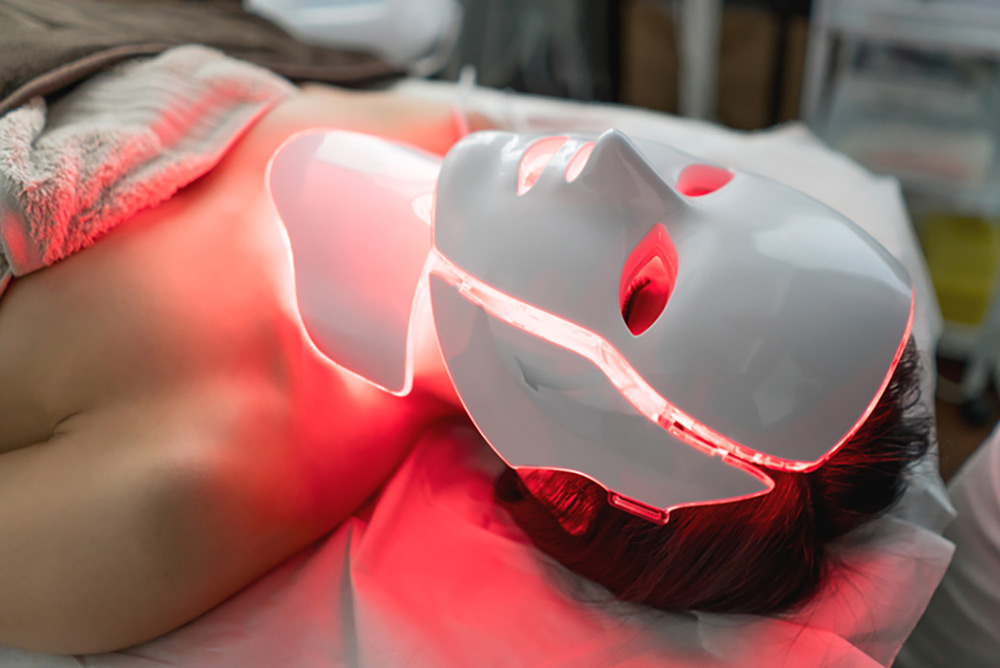If you’re interested in feeling happier about your appearance—especially as you age—you might like reading what she has to say about it. For more of her philosophical and practical advice, subscribe for free to How Not to F*ck Up Your Face at valeriemonroe.substack.com.
HAVE YOU seen the HBO Max show Somebody Somewhere? It’s unusual in that it features people who look like people rather than Hollywood dolls (or New York dolls, or any other kind of dolls). It’s one of my favorite shows of all time—because it is, bottom-line, about love and its challenges.
The show stars the actor/singer/comedienne Bridget Everett, who I ran into last week walking her dog on the Upper West Side of Manhattan. Having worked for the most famous woman in the world (me, not Everett) for nearly 16 years, I’m not unaccustomed to coming up against famous faces; my usual way of dealing with that is to hang back, or to wink from across the room—as if that could encourage the famous person to come to me and start a conversation that will conclude with our becoming intimates. I always assume that if I say something, it’s going to be irrelevant or stupid.
And I’m evidently correct, as my brief interlude with the lovely Everett confirmed. I was so surprised to see her standing there in her usual getup (a stretched-out T-shirt and cutoffs) that a torrent of things that sounded vaguely like words came streaming out of my mouth.
I love the show so much, it’s important, it makes me so blahblahblahblah, my heart fills with love for all of you . . . weirdos.
She looked slightly surprised. Then, smiling with genuine warmth, she said, “Thank you!” That seemed like a good time to walk away.
This is supposed to be a newsletter about beauty, so I will tell you that Everett has magnificent skin. She is Rubenesque gorgeous and then some. And she doesn’t seem like the kind of person who submits to a lot (or any) celebrity skincare funny business.
Which is something I did recently at the behest of a smart, persuasive PR person (who I happen to like enormously). I found the experience to be enlightening, but maybe not in the way it was intended to be.
I was treated to a special “facial” by a very well-known Hollywood plastic surgeon, who counts among his patients many A-listers, including people you might see regularly on your (or some other curious person’s) social media feed. The process involved a blood draw, a laser treatment, injections of my own platelet-rich plasma (PRP), and then a manual micro-needling, with more PRP smeared over my face. The next morning, I looked as if I’d been run over by a tractor; okay, a toy tractor . . . but still. I had bruises on my upper lip resembling a five o’clock shadow, a slightly bloody lower lip, and enough little holes in my complexion to suggest my head was a colander.
Now, about a month later, my skin does indeed look nice, but how to know what element of the treatment—if any—is responsible? I still look like a fairly well-preserved 72-year-old who’s careful about sun exposure. In other words, there was no magic involved. Because, dear reader, there is no magic, even for Hollywood A-listers.
When I discussed the “facial” with a dermatologist friend, she wisely pointed out that though a particular combination of in-office treatments might be helpful for some, that combination isn’t necessarily the right one for you. That’s why, if you try a treatment, you’ll most likely be happiest with the results if you work with a physician who understands your goals and has the experience, skill, and sensitivity to determine which modality (laser, ultra-sound, micro-needling, etc.) is best suited to achieve them.
Along those lines, here’s a reader question about a new-to-me device.
Q: Thank you for your wonderful insights and personality! Very refreshing and fun.
I was recently treated with something called Fotona, a laser that supposedly gets rid of wrinkles and helps build collagen and firmness. Part of the treatment is even intraoral. Seems too good to be true, right? I’m 70 and feeling like I sort of need some big guns. What’s your take on it?
A: First, no one—ever—has told me I have a wonderful personality, so your email got top priority in the Reader Questions file. Note to all: If you want your question to be answered expeditiously, be sure to start with a flattering comment. Now that I think about it, harsh criticism works just as well. Anyway.
When I Googled Fotona, I found the usual “miracle device” descriptions. This one— typical—was sent to me by the reader, above:
Fotona4D® is a 45-60 minute non-invasive laser procedure that results in almost no downtime or discomfort, allowing you to carry on with your daily activities as usual. An immediate freshness and tightness of the face can be seen soon after the treatment, but the full effect unfolds gradually over a period of 2-3 months. One can expect continuing improvement for up to six months after treatment. Your skin condition and age will determine the number of treatments needed to achieve the non-surgical facelift effect.
A “non-surgical facelift effect,” Lordy! Because suspicion reigns supreme in Val’s World of Beauty, I passed your question along to HNTFUYF DermDiva, Heidi Waldorf.
“I’m going to start with a few important, behind-the-scenes points about devices,” said Waldorf. “There are many ways to skin a cat. That’s a terrible aphorism here, but you know what I mean: Lots of ways to achieve particular results,” she said. “And the decision about which device(s) to use has more to do with the doctor than the patient. Because physicians can achieve the same results with different device(s), which ones we choose to invest in depends on several factors,” she said. Among them:
- What technology was available at the time we decided to purchase a device?
- Is there a device that does the same thing but better than something we already have—meaning, will it take less time, need less servicing? Will it provide better or faster patient results and/or less downtime?
- Who will be using the device—a doctor or a staff member? (The answer to that depends on the doctor’s comfort delegating, and state regulations.)
- Can the uses of the device be split up to use on different patients in different rooms at the same time, or is it most useful and space-saving in one combination device (which has an impact on office flow)?
How would Waldorf decide what you, flattering email writer, would most benefit from? “The reader says she’s 70—but that’s her chronological age, not her aesthetic age,” she said. “I’d want to know if she’s had other procedures, how much photo damage she has, what she’s trying to accomplish, and to what degree before I’d recommend a particular device (or combination of treatments).”
Now about Fotona 4D: It offers multiple settings that can be adjusted for different functions for resurfacing (addressing skin texture/color), vascular issues (redness from blood vessels), and tightening.
Important: It is NOT a facelift, said Waldorf. (We knew that, didn’t we?) It works best for someone who is not an obvious surgical candidate but wants some rejuvenation and maintenance without downtime. As for the intraoral aspect? That’s most effective on slimmer patients, because tightening from the inside out won’t work if there’s too much tissue you need to heat up to tighten.
Waldorf said that colleagues who use Fotona 4D frequently call it a workhorse—the highest compliment for a device that can cost about as much as a Porsche or a Lamborghini—because of its range of use. Then again, each of its functions can be accomplished with other devices.
You also might want to remember that when a physician makes a large investment in a device, they’re likely going to want to use that device to get their money’s worth. Just sayin’.
You know what I hope is your biggest takeaway from today’s post? It’s that you can learn to love your face just the way it is, so that if you choose to do any remodeling— whether with a device, an injectable, or even surgery—the bar you set for your expectations will be based on love, rather than loathing. I believe that makes contentment much easier to achieve.


